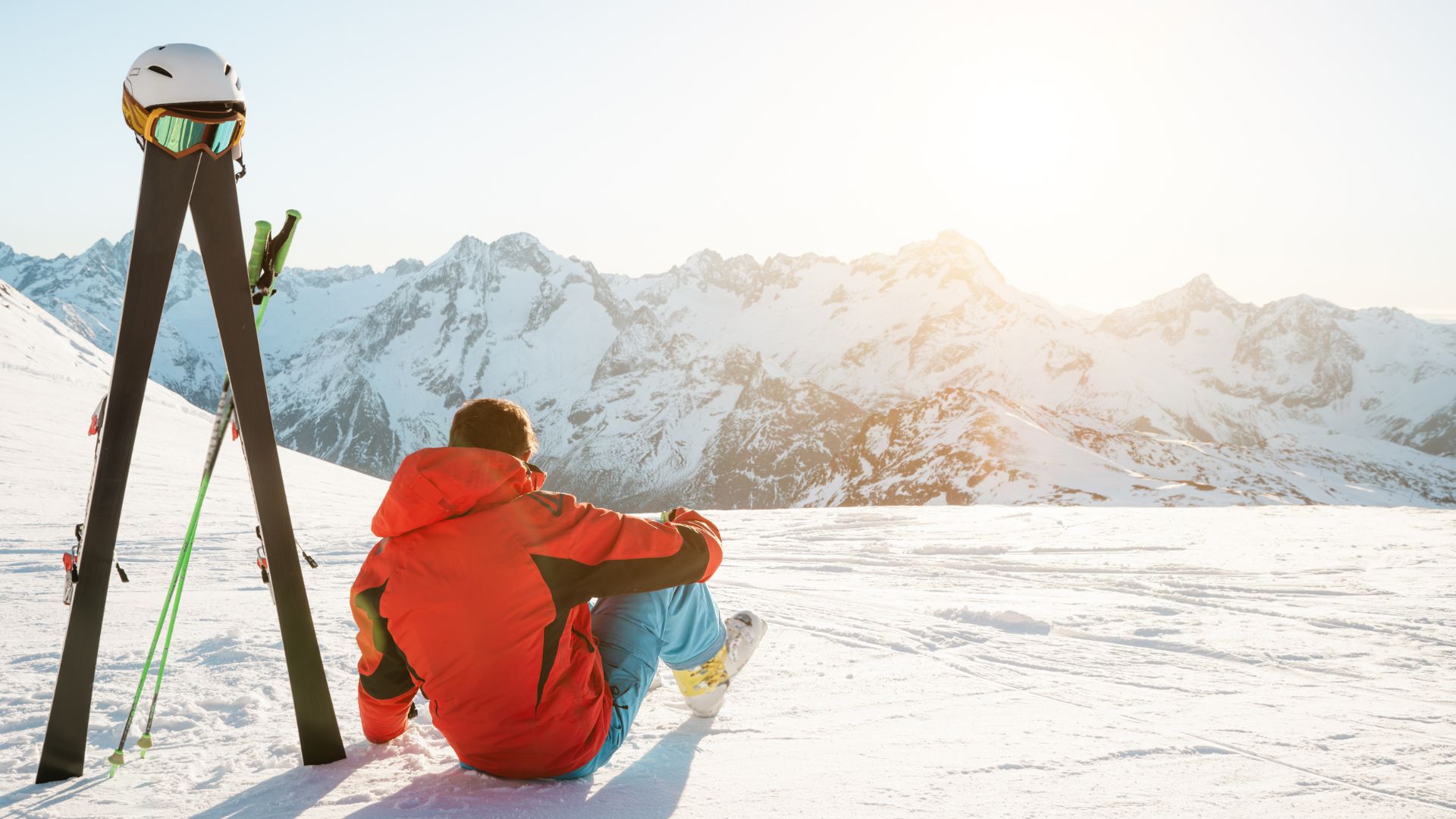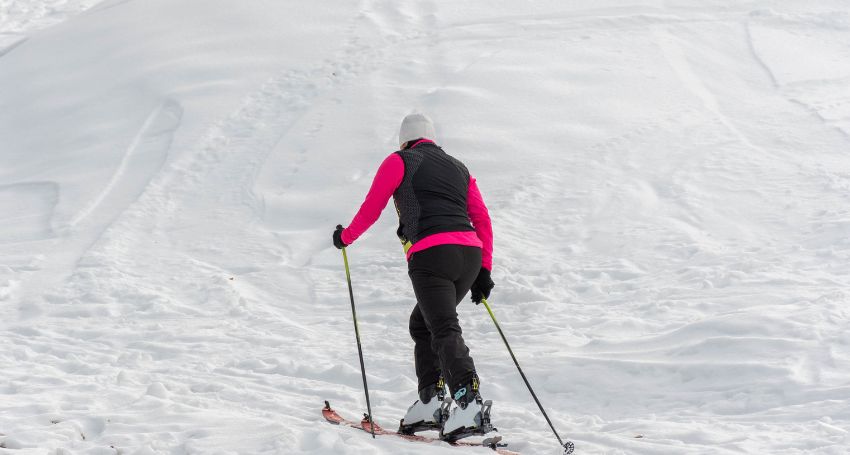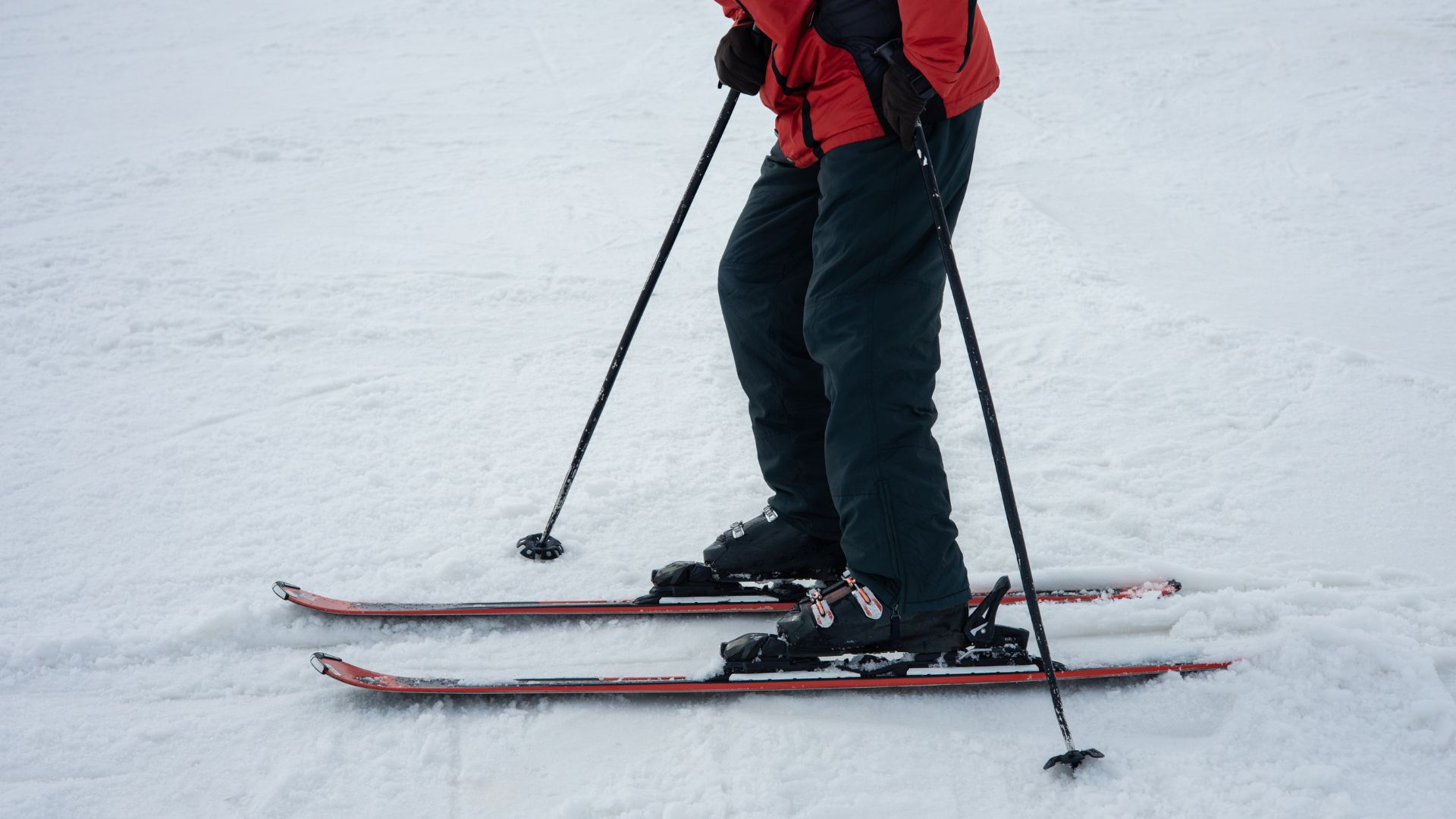How Has Ski Technology Changed: The Evolution of Modern Skiing
October 17, 2025 | Advanced Skiing Tips
Skiing has evolved immensely since its early days of wooden planks and leather straps. The transformation of ski technology has turned the sport into a blend of precision, speed, comfort, and sustainability. From the introduction of steel edges to the development of smart skis, how has ski technology changed over time? Let’s explore the innovations that have redefined the skiing experience.
1. From Wood to High-Tech Materials
In the early twentieth century, skis were crafted from solid wood, typically ash or hickory. Though sturdy, these skis were heavy and difficult to manoeuvre. A major leap forward came with the introduction of metal laminates and fibreglass in the 1950s, which offered greater strength, flexibility, and control.
Today, advancements in ski technology have led to the use of carbon fibre, Kevlar, and lightweight composite materials. These provide exceptional stability and shock absorption, allowing smoother turns and better handling on challenging slopes.
Modern skis are designed for different conditions, from wide powder skis ideal for deep snow to narrow carving skis made for speed. This shift from wood to composite materials has not only improved performance but also made skiing more accessible to all ability levels.
2. The Revolution of Shaped Skis
For decades, skis were long, narrow, and straight, ideal for ski racing but difficult for everyday use. The 1990s brought the introduction of parabolic or carving skis, a revolutionary design with a distinct hourglass shape.
This curvature allowed for easier turning, improved edge control, and enhanced stability, reducing fatigue and making skiing more enjoyable for beginners and professionals alike. The concept of shaping completely changed the way skiing was taught and practised across the world.
3. The Rise of Smart and Connected Ski Gear
Modern technology has introduced a new era of smart ski equipment. Today, wearable devices and sensor-equipped skis can track your speed, turning angles, jump height, and even pressure distribution.
These digital insights allow skiers to refine their form and performance, much like how fitness trackers benefit runners. Smart helmets with built-in Bluetooth, navigation systems, and safety alerts have also become popular, combining convenience and protection on the slopes.
At Find a Ski School, we’ve observed how these innovations are transforming lessons. By analysing real-time data, instructors can focus on measurable improvements and personalised coaching, making learning more efficient than ever.
4. Ski Wax Technology and Performance Tuning
A crucial yet often overlooked part of ski performance lies in ski wax technology. Traditionally, wax reduced friction between the ski base and snow, but recent innovations have introduced eco-friendly and high-performance waxes that adapt to snow type and temperature.
Fluorocarbon-based waxes once dominated competitive skiing, but due to environmental concerns, they are being replaced with biodegradable and non-toxic alternatives. These sustainable waxes provide exceptional glide while helping protect mountain ecosystems.
5. Safety Through Better Bindings and Boots
Early ski bindings were rudimentary and unsafe, often causing serious injuries during falls. Today’s bindings feature automatic release mechanisms that detach during impact, greatly reducing the risk of leg injuries.
Similarly, ski boots have evolved from soft leather to advanced plastic shells with heat-mouldable liners, ensuring a precise fit, enhanced comfort, and better power transfer. These improvements have made skiing both safer and more enjoyable.
Ready to elevate your skiing experience? Visit us to connect with expert instructors in top resorts!
6. Sustainable Ski Technology and Eco Design
As climate change increasingly affects winter sports, manufacturers are investing in sustainable ski technology. Brands are embracing bamboo cores, recycled materials, and bio-based resins to reduce environmental impact.
Ski resorts are following suit with energy-efficient snowmaking machines, solar-powered lifts, and eco-friendly grooming equipment. These innovations ensure that skiing remains both enjoyable and environmentally responsible.
Sustainability has become a core principle in modern ski design, proving that progress isn’t just about speed and precision, but also about protecting the planet for future generations of skiers.
7. Future Trends in Ski Technology
The future of skiing promises even more exciting developments. Expect to see AI-assisted performance tracking, augmented reality goggles, and custom 3D-printed skis tailored to individual biomechanics.
Such advancements in ski technology will continue to bridge the gap between traditional craftsmanship and cutting-edge innovation, allowing every skier to experience the sport at their best.
Find your perfect ski lesson today at Find a Ski School and experience tomorrow’s ski technology today!
FAQs About How Ski Technology Has Changed
1. How has ski technology changed over time?
Ski technology has progressed from wooden skis and leather bindings to carbon fibre composites, smart sensors, and eco-friendly designs that enhance safety and performance.
2. What are the most significant advancements in ski technology?
The greatest advancements include shaped skis, smart sensors, improved bindings, and the shift towards sustainable materials and environmentally conscious manufacturing.
3. How does ski wax technology enhance performance?
Modern ski waxes reduce drag and improve glide. Eco-friendly waxes now offer the same high performance as traditional options while being safe for the environment.
4. What is sustainable ski technology?
Sustainable ski technology involves using recycled, biodegradable, or renewable materials, alongside eco-friendly production processes and energy-efficient resort operations.
5. What’s next for ski technology?
The next generation of ski technology will feature artificial intelligence, 3D-printed designs, and advanced wearable systems that analyse performance in real time.
Final Thoughts
From handcrafted wooden skis to AI-powered designs, the evolution of ski technology reflects a century of innovation and passion for the sport. Today’s gear combines strength, precision, and environmental awareness, ensuring that skiing continues to inspire thrill-seekers across generations.
Understanding how ski technology has changed helps every skier make informed decisions, whether choosing new equipment or learning the latest techniques. The future of skiing is bright, sustainable, and smarter than ever before.
More Posts

How to Avoid Altitude Sickness While Skiing
Skiing is an exhilarating winter sport, but for many, skiing at high altitude can bring...
read More
What Are the Best Skis for Beginners? A Complete Guide
If you are new to skiing, you may wonder what are the best skis for...
read More
How to Improve Skiing Balance: Expert Tips for Better Control and Confidence
If you’ve ever wondered how to improve skiing balance, you’re already taking a crucial step...
read More
How to Parallel Ski for Beginners: A Complete Step-by-Step Guide
For many novice skiers, mastering how to parallel ski for beginners marks a major milestone...
read More
How to Parallel Ski: Master the Essential Technique
If you’ve ever admired experienced skiers gliding effortlessly down a slope, both skis perfectly aligned,...
read More
How to Teach Kids to Ski: A Complete Parent’s Guide
Skiing is a magical winter sport that can bring families closer together and create lifelong...
read More